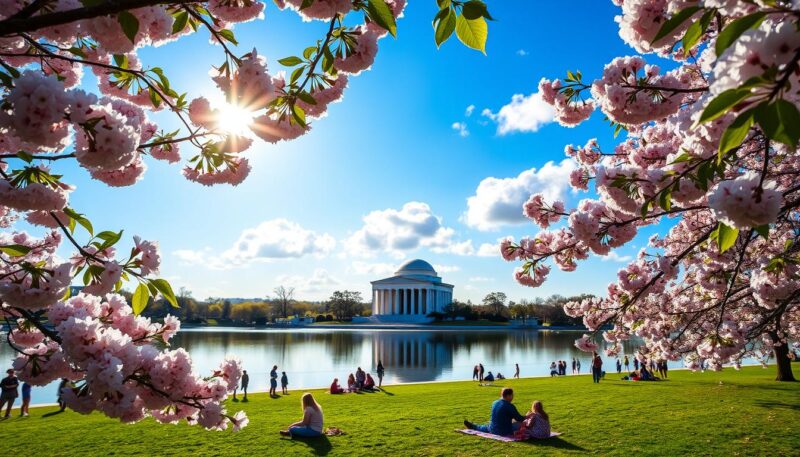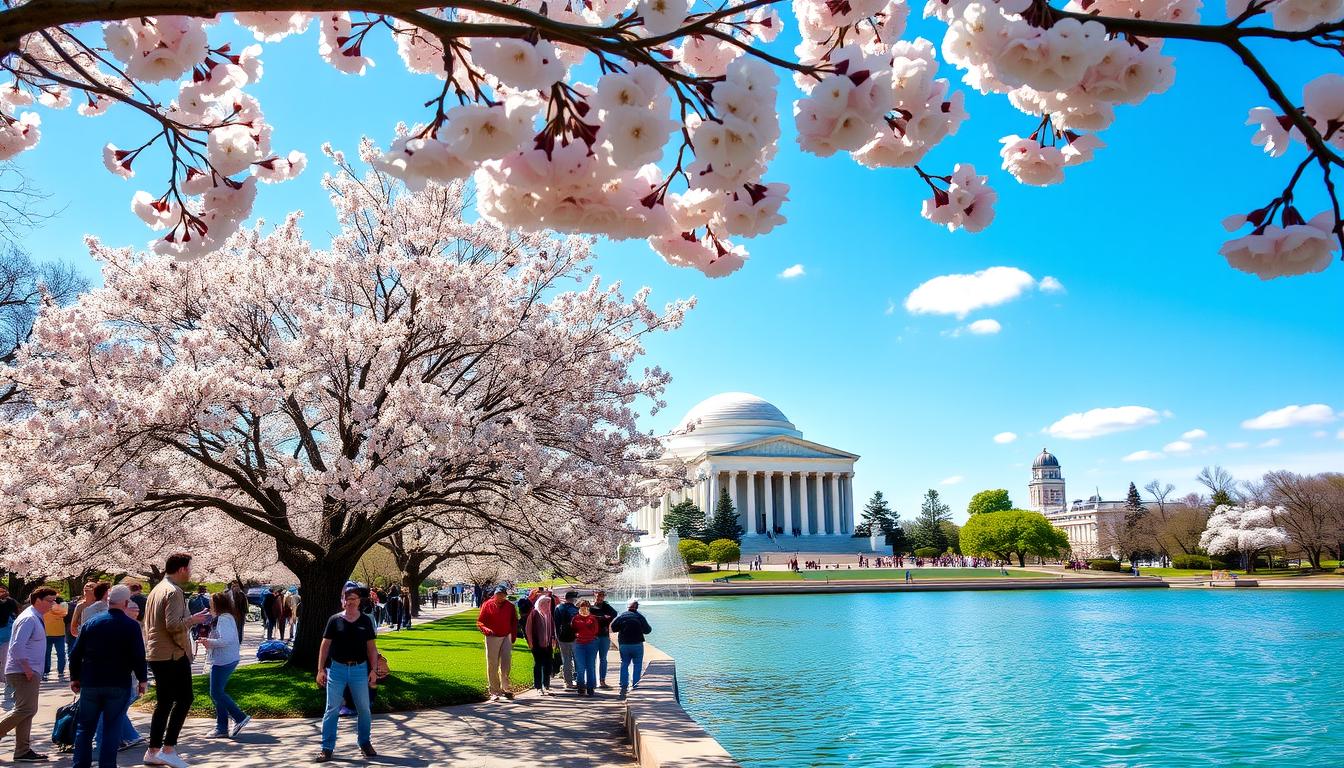When you think about the best time to visit Washington, D.C., several factors come into play that can dramatically influence your travel experience. This vibrant city is home to countless landmarks, fascinating museums, and exciting events that unfold throughout the year. However, understanding the Washington D.C. travel seasons—high, shoulder, and low—can help you plan your trip more effectively. From the awe-inspiring cherry blossoms of spring to the colorful foliage of fall, each season offers its unique charm that can enhance your adventure.
This guide aims to equip you with essential insights into planning your D.C. trip, ensuring you make the most of your visit. Whether you want to dodge the crowds, enjoy ideal weather, or save on expenses, recognizing when to go can significantly affect your experience. So grab your suitcase and get ready for an unforgettable journey in the nation’s capital!
Washington D.C. Travel Seasons
When planning your visit, it’s essential to understand the various Washington D.C. travel seasons. These seasons influence not only the crowd sizes but also the accommodation prices and overall experience you will have. Knowledge of the best months to visit D.C. can help you maximize the enjoyment of your trip.
Understanding High, Shoulder, and Low Seasons
The high season runs from mid-March to July, coinciding with major events like the National Cherry Blossom Festival. During this period, you can expect larger crowds and higher hotel prices due to increased tourist activity. If you choose to visit during these months, advanced booking is a must.
The shoulder season spans from September to December. This time generally offers pleasant weather coupled with vibrant fall activities. Visitors can experience D.C. with fewer crowds, making it one of the best times to visit Washington D.C. for a more relaxed exploration of the city’s rich history and attractions.
In contrast, the low season features visits during January to mid-March and the month of August. These months typically see the lowest accommodation rates, which is beneficial if you are looking for budget-friendly options. The weather in Washington D.C. can be quite unpredictable during winter, so pack accordingly if you choose this time.
Best Time of The Year to Visit Washington, D.C.
Choosing the best time to visit Washington, D.C. can greatly enhance your travel experience. Each season has its own unique offerings. Washington D.C. in spring features the breathtaking National Cherry Blossom Festival, while Washington D.C. in fall boasts comfortable temperatures and stunning foliage. Understanding these seasonal highlights can guide your planning.
Spring: Experiencing the Cherry Blossoms
Washington D.C. in spring is renowned for its vibrant cherry blossoms, with the National Cherry Blossom Festival captivating visitors typically from late March to early April. The breathtaking scenery around the Tidal Basin and National Mall creates an unforgettable backdrop. Visitors should be prepared for larger crowds during this period due to its popularity, making early planning essential to maximize your experience. Useful resources like the National Park Service’s “Bloom Watch” help ensure you catch peak bloom periods effectively.
Fall: Ideal Weather and Foliage
Fall is considered one of the best times to visit Washington D.C. for many travelers. Running from September to November, this season offers mild temperatures, usually ranging from 60 to 70 degrees, ideal for outdoor events and recreation. The stunning fall foliage adds an extra layer of beauty to the city’s iconic monuments. Fewer crowds compared to peak summer months enhance the overall experience, allowing you to explore popular attractions like the Capitol Building and Lincoln Memorial with relative ease.

Conclusion
In summary, selecting the best time to visit Washington, D.C. requires considering your preferences regarding weather, crowd levels, and the activities available. Spring and fall offer unique experiences with the breathtaking cherry blossoms from late March to mid-April and the stunning autumn foliage from September to November. By understanding the variations in travel seasons, you can enhance your planning for your D.C. trip and make the most of your time in the capital.
Should you prefer a quieter experience, January and February present a great opportunity with fewer tourists and lower hotel rates, allowing you to explore without the hustle and bustle. On the other hand, if you enjoy vibrant festivals, summer hosts events like the D.C. Jazz Festival and the Smithsonian Folklife Festival. Regardless of when you choose to visit, this Washington D.C. weather guide can aid you in making an informed decision about your travel plans.
Ultimately, D.C. is a destination that offers diverse opportunities for exploration and enjoyment year-round. By carefully planning your trip around the seasons and events, you will create unforgettable memories in this historic city. So, whether you are drawn to spring blooms or autumn colors, Washington, D.C. is ready to welcome you with open arms.
